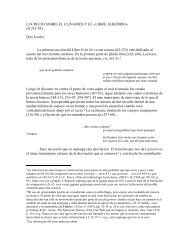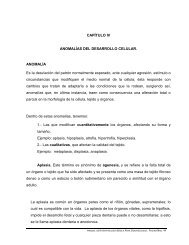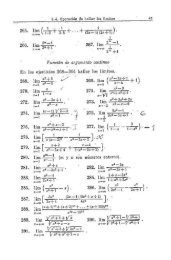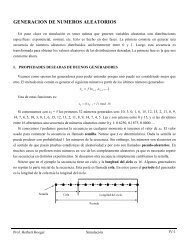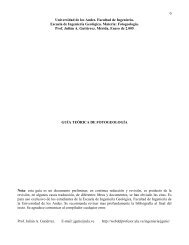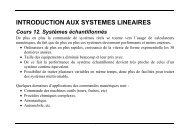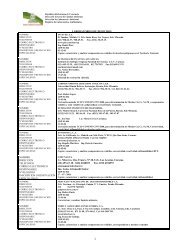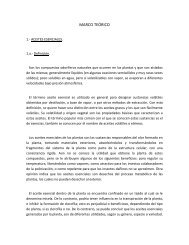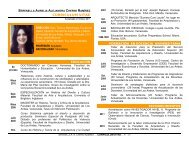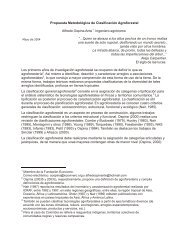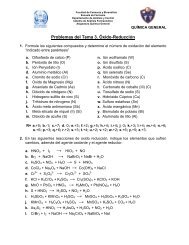Ecuaciones de estado, rotación y algunos ... - Web del Profesor
Ecuaciones de estado, rotación y algunos ... - Web del Profesor
Ecuaciones de estado, rotación y algunos ... - Web del Profesor
You also want an ePaper? Increase the reach of your titles
YUMPU automatically turns print PDFs into web optimized ePapers that Google loves.
Introducción SOLUCIONES INTERIORES SOLUCIONES EXTERIORES Comparaciones numéricas Conclusiones<br />
El método <strong>de</strong> Sibgatullin<br />
Las características físicas <strong>de</strong> la solución quedan <strong>de</strong>terminadas<br />
completamente por los datos <strong>de</strong>l potencial e(z), <strong>de</strong> forma<br />
que este método permite construir soluciones con propieda<strong>de</strong>s<br />
físicas pre<strong>de</strong>finidas. Tomando ventaja <strong>de</strong> esta fortaleza <strong>de</strong>l<br />
método se han encontrado diversas soluciones, entre otras:<br />
Generalización magnetizada asintóticamente plana <strong>de</strong> la<br />
solución <strong>de</strong> Schwarzschild,<br />
Generalización magnetizada asintóticamente plana <strong>de</strong> la<br />
solución <strong>de</strong> Kerr,<br />
Generalización <strong>de</strong>formada, cargada y magnetizada<br />
asintóticamente plana <strong>de</strong> la solución <strong>de</strong> Tomimatsu–Sato<br />
δ = 2, con simetría ecuatorial, 3<br />
3 Manko OV, Manko VS and Sanabria–Gómez JD. Phys Rev D 62 04404<br />
(2000); Manko VS, Mielke EW and Sanabria–Gómez JD. Phys Rev D 61<br />
08150R (2000)



